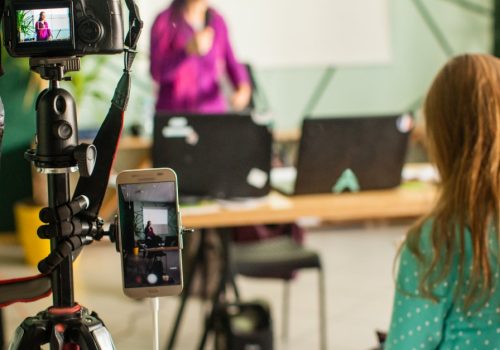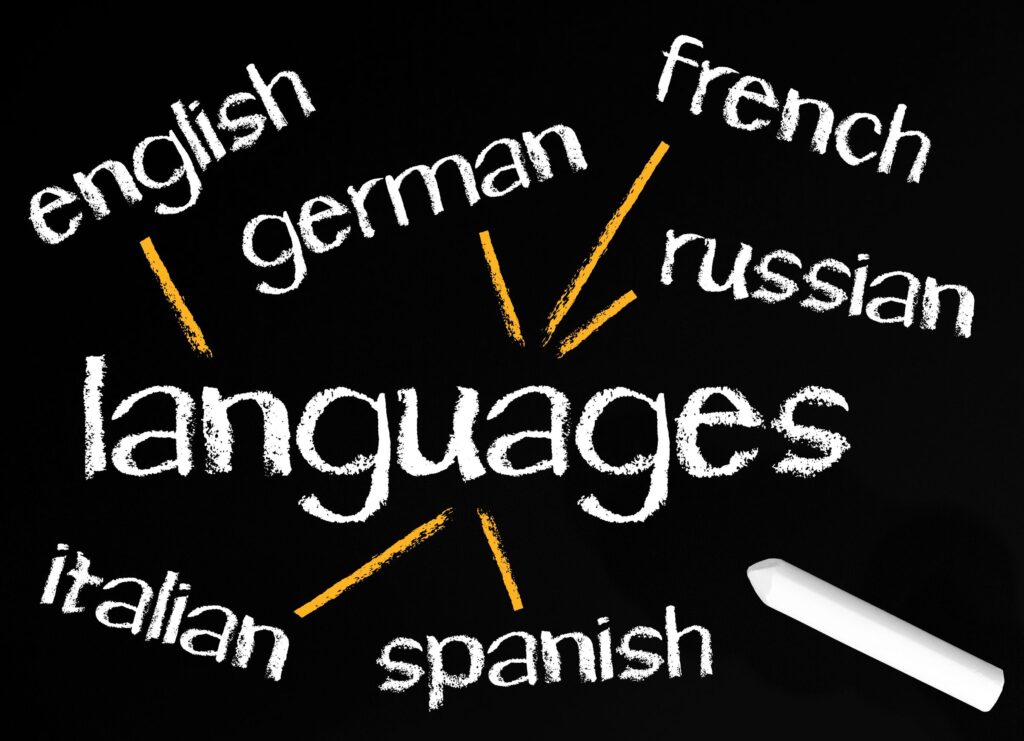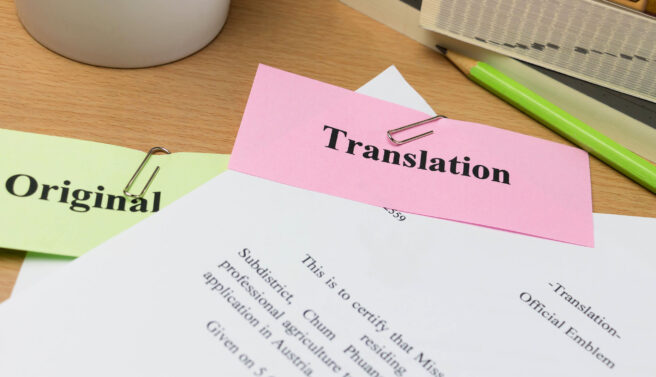If you’re deaf or hard of hearing, live captioning can be a life-saving technology. It provides real-time captions of what is being said during a live event, such as a speech or concert. This allows people who are deaf or hard of hearing to follow along and participate in the event just like everyone else.
In this blog post, we will discuss what live captioning is and how it works. We will also cover some of the benefits that it provides for people who are deaf or hard of hearing.
What is live captioning?
Live captioning is a real-time captioning service that provides captions of what is being said during a live event. This can be anything from a speech or presentation, to a concert or play. The captions are generated by either a human operator or a computer software program, and are displayed on a screen so that people who are deaf or hard of hearing can follow along.
How does it work?
There are two main ways that live captioning can be done: with human operators, or with computer software programs.
Human operators provide real-time captions by typing out what is being said as they hear it. This method is typically used for events that are not pre-planned, such as speeches or presentations.
Computer software programs can also provide real-time captions, but they require that the event be pre-planned and the speech or presentation be recorded ahead of time. This method is typically used for events such as concerts or plays, where the order of the event is known in advance.
What are the benefits of live captioning?
Live captioning provides many benefits for people who are deaf or hard of hearing. It allows them to follow along with what is being said in real-time, without having to rely on lip reading. This means that they can participate fully in the event, and don’t have to miss out on anything that is being said.
In addition, live captioning can help to reduce the noise level for people who are deaf or hard of hearing, as they don’t have to rely on amplification devices. This can make events more enjoyable for everyone involved.
Are there any drawbacks?
One potential drawback of live captioning is that it can be disruptive for other event attendees if it is not done properly. For example, if the captions are displayed on a screen in the middle of the room, it can be distracting for people who are trying to watch the event.
Another potential drawback is that live captioning can be expensive, especially if it is being provided by human operators. However, many organizations will provide funding for live captioning services, so that cost should not be a barrier to access.
Overall, live captioning is a great tool that can provide many benefits for people who are deaf or hard of hearing. If you are attending an event where live captioning is available, we encourage you to take advantage of it!
Live Captioning Versus Closed Captioning: What’s the Difference?
Now that you know what live captioning is, you might be wondering how it differs from closed captioning. Both services provide captions of what is being said, but there are some key differences between the two.
Closed captioning is typically used for recorded media, such as television shows or movies. The captions are not displayed in real-time but are instead added after the recording has been made. This allows for more accurate captions, as the person creating them can go back and listen to the recording multiple times if needed. However, it also means that people who are deaf or hard of hearing have to wait until after the recording has been made before they can access the captions.
Live captioning, on the other hand, is provided in real-time. This means that people who are deaf or hard of hearing can follow along with what is being said as it happens. However, it also means that the captions are not always as accurate as they could be, as the person creating them is only hearing the event once.
Both services have their own advantages and disadvantages, so it’s important to choose the one that best meets your needs. If you need captions in real-time, then live captioning is the best option. However, if accuracy is more important to you, then closed captioning might be a better choice.
Live captioning is a great tool that can provide many benefits for people who are deaf or hard of hearing. If you are attending an event where live captioning is available, we encourage you to take advantage of it!
Do you have any questions about live captioning? Let us know in the comments below!




